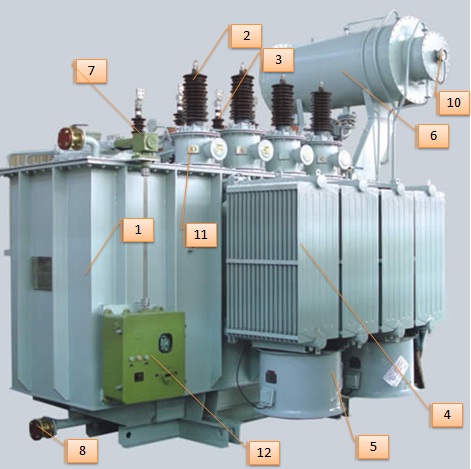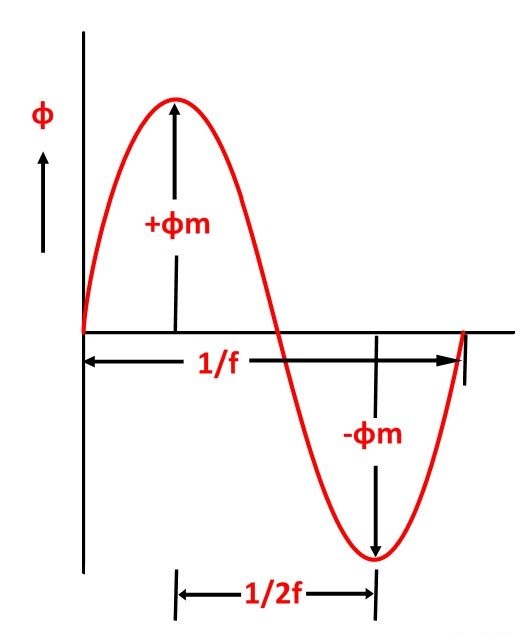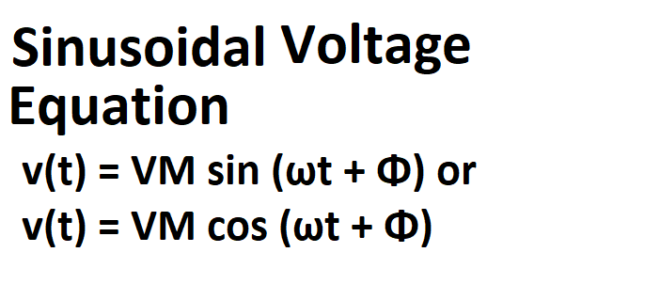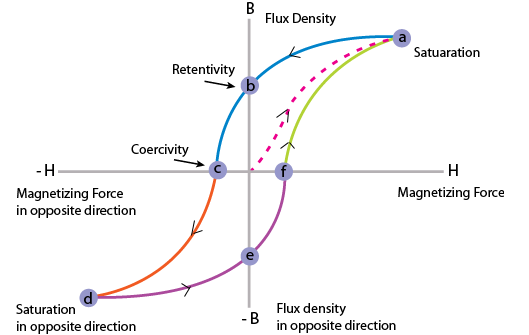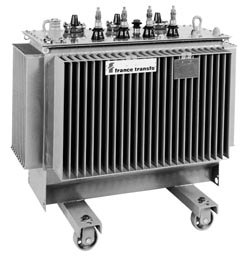In general understanding electrical distribution transformers are used to reduce primary system voltages (which is normally 2.4-34.5kV) to the level of utilization voltages i.e. 120- 600V. International electrotechnical commission standards do not distinguish between distribution electrical transformers and power transformer. They are
Read More
Power transformer is most costly and essential equipment of an electrical system. It is well known fact that power transformers are the heart of the power systems which enables to establish very large power systems networks. Failure of any transformer will create
Read More
A sinusoidal voltage can be described by the equation: v(t) = VM sin (ωt + Φ) or v(t) = VM cos (ωt + Φ) where v(t) Instantaneous value of the voltage, in volts (V). VM Maximum or peak value of the voltage,
Read More
Transformer is very simple and basic part of electrical system and considered most efficient of electrical components of machines. If we consider experimental models which are using superconducting windings then we may talk about achieving the the performance of 99.75 percent as
Read More
Transformers Fittings In order to install a medium voltage transformer below is the list of necessary fittings: Plain bi-directional rollers with blocking facilities. Skid base, lifting and jacking lugs Neutral and earthing terminals Rating and terminal marking plates Transformer Thermal Protection Temperature
Read More
What is Magnetism? Magnetism is the study of magnetic fields and their effect on materials. The effect is due to unbalanced spin of electrons in atom. It is readily observed every day from the simple magnet that attracts nails and other metals
Read More
